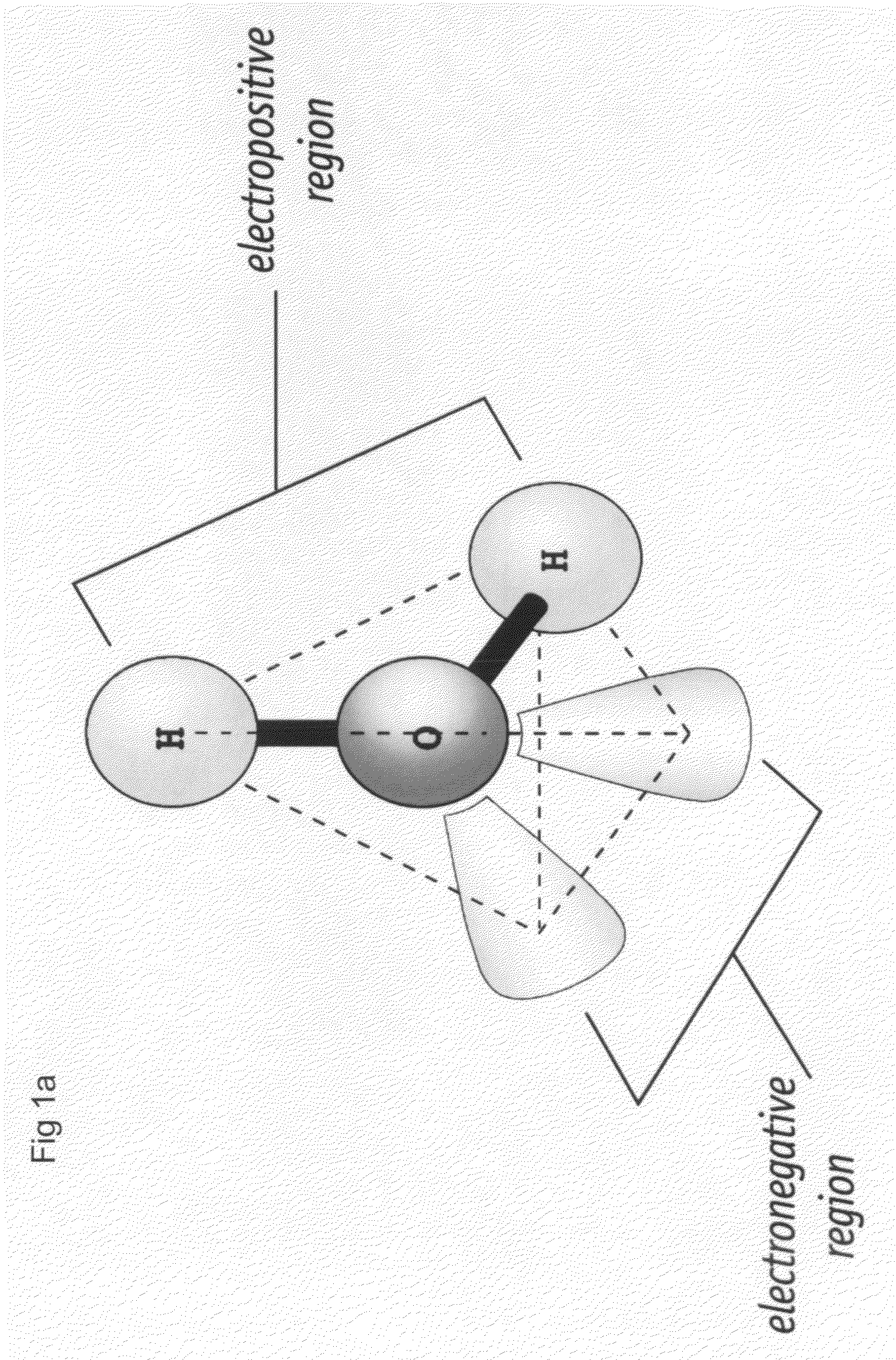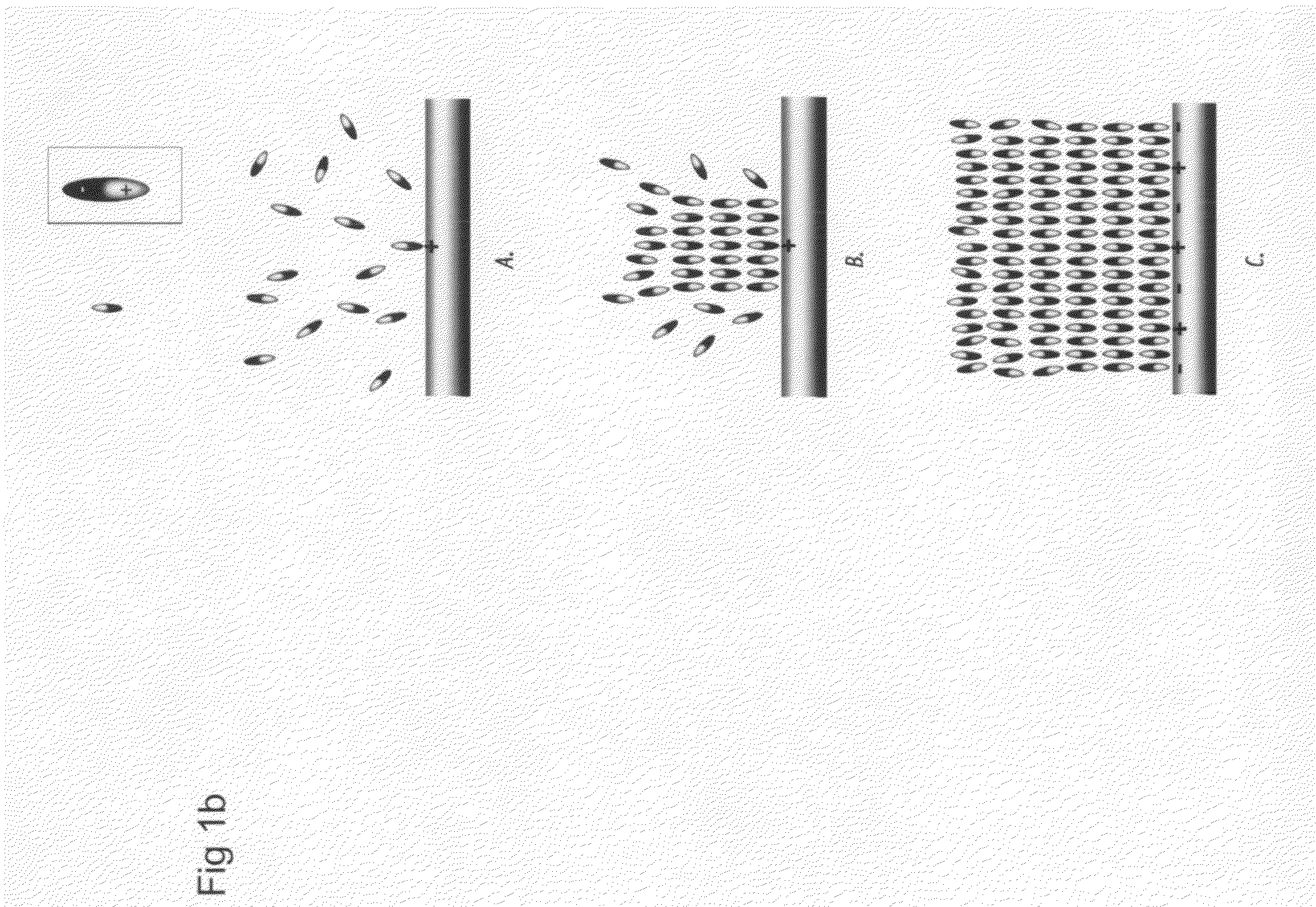Nanoscale array biomolecular bond enhancer device
a biomolecular bonding and nanoscale array technology, applied in the field of biomolecular engineering, can solve the problems of irregular shape of protein molecules, unsuitable stacking, soft and sensitive to environmental variations, and the structure of many important proteins remains a mystery, and achieves high throughput, rapid and inexpensive manner
- Summary
- Abstract
- Description
- Claims
- Application Information
AI Technical Summary
Benefits of technology
Problems solved by technology
Method used
Image
Examples
Embodiment Construction
. This section begins with some preliminary concepts, then the preferred embodiment is described, followed by a discussion of the components of the preferred embodiment. Definitions are placed at the end of this section so as to facilitate the flow of the description.
PRELIMINARY CONCEPTS. Nanoscale devices can be self assembled into periodic lattices. Nanowires can form programmable cross bar arrangements (see U.S. Pat. No. 6,586,965 to Keukes, incorporated be reference) Nanoscale arrays can form bistable switches (on / off) and can attract molecules (Leiber et al. US published application 20050117441, incorporated by reference). Many means have been described of fabricating and assembling nano-arrays, including self-assembled monolayer patterns (Leiber, US publication no. 20020117659, incorporated by reference).
The present invention applies a novel approach to employing a nanoscale addressable array to produce a charge pattern to cause close association of protein molecules. Dependin...
PUM
| Property | Measurement | Unit |
|---|---|---|
| concentration | aaaaa | aaaaa |
| diameters | aaaaa | aaaaa |
| length | aaaaa | aaaaa |
Abstract
Description
Claims
Application Information
 Login to View More
Login to View More - R&D
- Intellectual Property
- Life Sciences
- Materials
- Tech Scout
- Unparalleled Data Quality
- Higher Quality Content
- 60% Fewer Hallucinations
Browse by: Latest US Patents, China's latest patents, Technical Efficacy Thesaurus, Application Domain, Technology Topic, Popular Technical Reports.
© 2025 PatSnap. All rights reserved.Legal|Privacy policy|Modern Slavery Act Transparency Statement|Sitemap|About US| Contact US: help@patsnap.com



